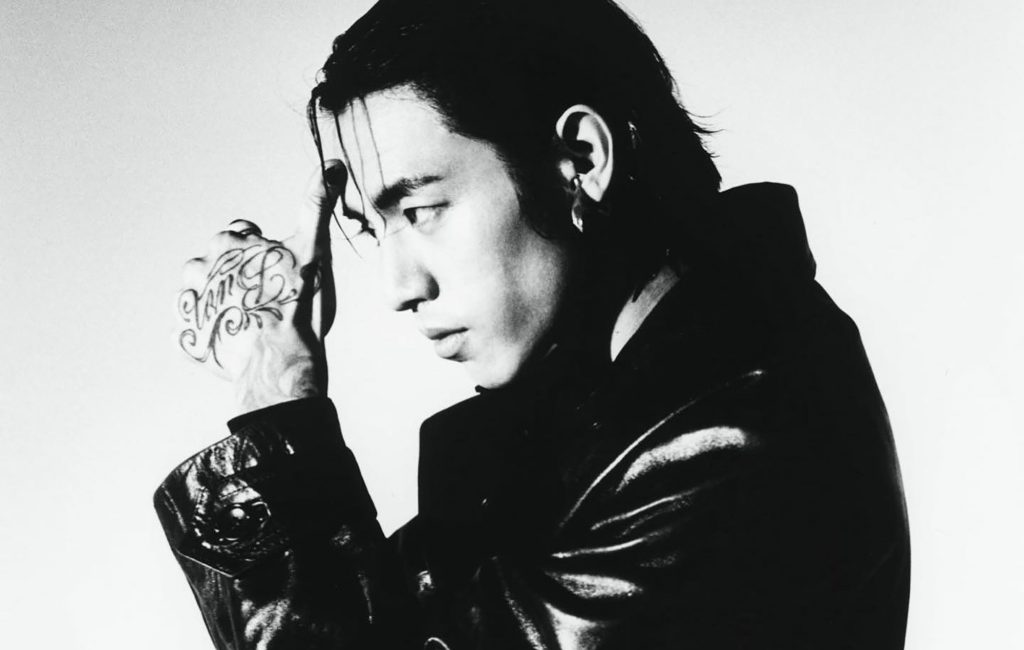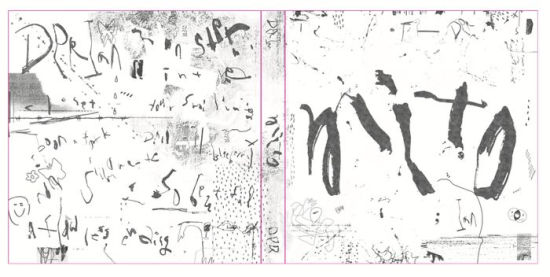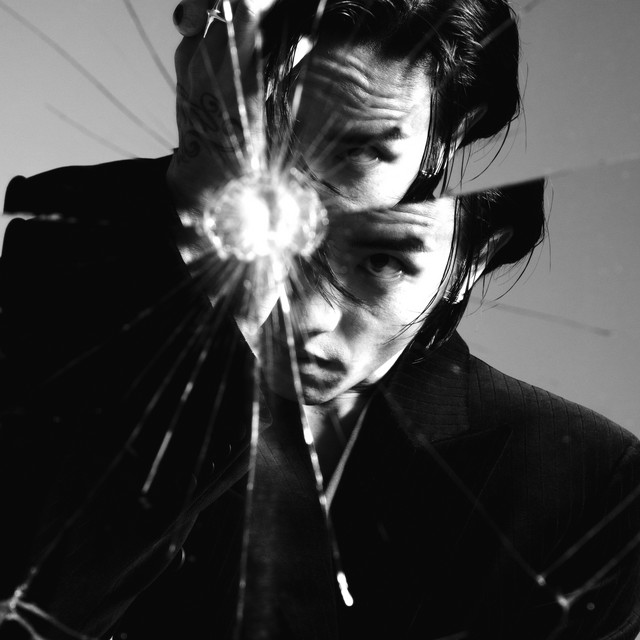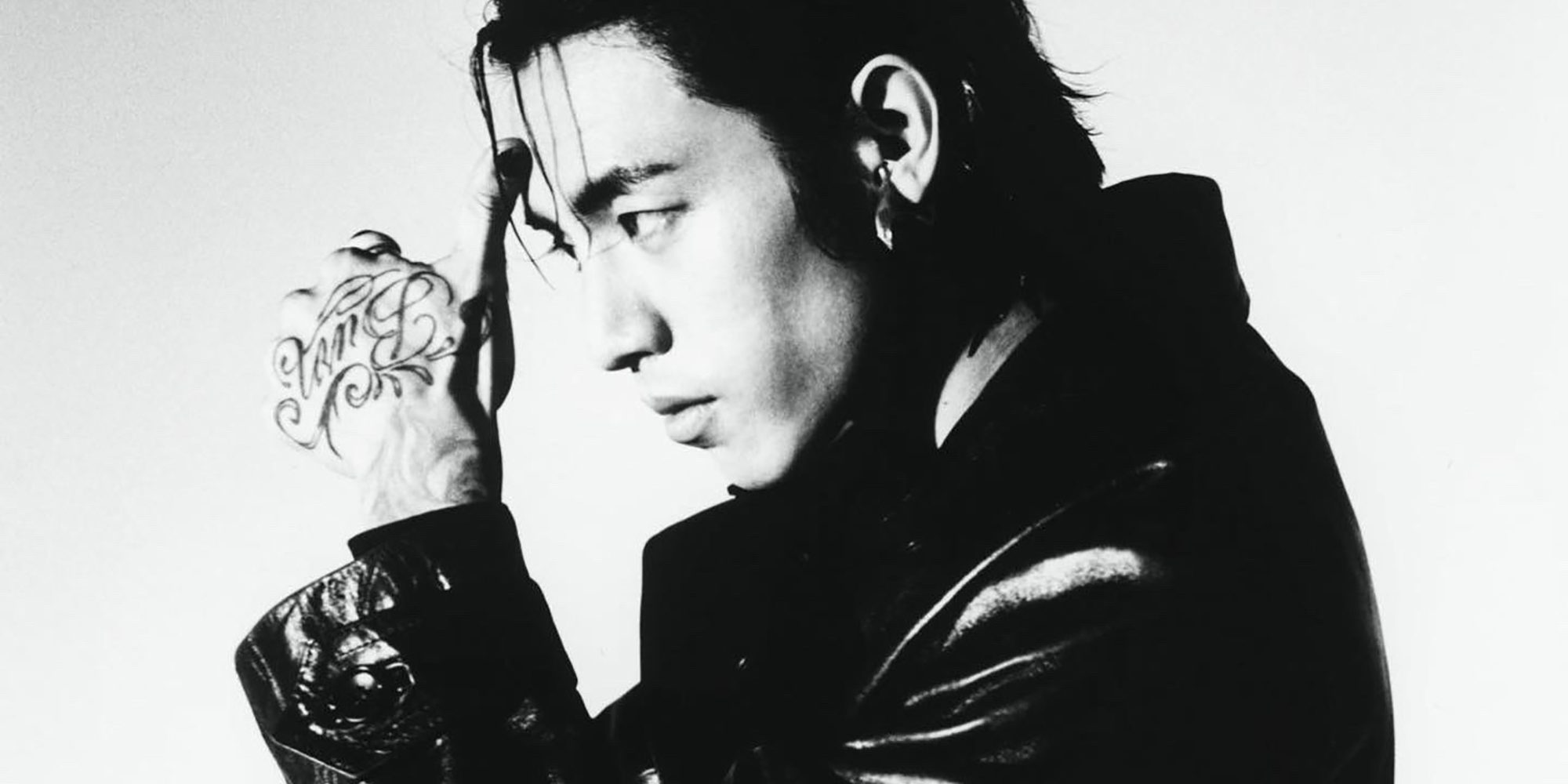I’ll admit that K-pop is not my musical genre of choice. I didn’t grow up listening to it; instead, I was immersed in Joni Mitchell, the Police, and Depeche Mode, which are arguably as far as you can get from the peppy and catchy Korean pop that engages a young global audience with astonishing reach. So, when asked to cover Korean-Australian artist DPR Ian, I expected to be writing about another wildly successful pop superstar cranked out by the K-pop industrial complex.
Luckily for me, I found DPR Ian to be so much more than that. The 31-year-old artist’s most recent album, Moodswings in This Order, breaks the cookie cutter boundaries of K-pop, blending R&B, electronic, and rock together with heart wrenching lyrical storytelling that appeals to individuals seeking confirmation in their struggles. While I’m no K-pop expert, I have no doubt that DPR Ian is revolutionizing the genre with his profound musical process and social commentary on self acceptance and love.

DPR stands for “Dream Perfect Regime,” and is a collective of Korean artists who manage their own music, visual art, and image themselves. Teen Vogue explains that groups like DPR are laying out a “blueprint for what an independent label can look like in the Korean music industry.” As a member of the collective, DPR Ian is doing just that; writing his own music, producing it, and directing his music videos with a unique creative drive.
Born Christian Yu in Sydney, Australia, DPR Ian didn’t move to South Korea until he was 18 years old, when he became interested in the Korean music industry. He became a member of the South Korean boy band, C-Clown, in 2012 and remained a part of the group until their split in 2015 and his entrance into the DPR label.
In my first listen through DPR Ian’s debut album, I was surprised to hear ties to the work of American artists like Kid Cudi or Kanye West (sans the controversy) in his use of atmospheric electronic synths blended with rock-style drumming and rap lyrics. Sound aside, even DPR Ian’s subject matter, discussing mental illness and internal struggle, emulates the work of these highly successful artists. In his blending of lyricism with these contrasting musical styles, DPR Ian steps beyond common conceptions of K-pop musical style and instead provides listeners with an immersive listening– and viewing– experience.
Each of the eight tracks on Moodswings build on DPR Ian coming to terms with his bipolar disorder and the nuances of his personality. In the thirteen-minute documentary on the work, titled Memories in Disorder, DPR Ian revealed, “I wanted to portray a character dealing with various mental disorders which may be deemed negative or dark in a realistic sense but at the same time can also be seen as superpowers in a different light,” emphasizing the subject matter of the album as deeply personal and dynamic. Prior to hearing this perspective, my first listen-through of the album felt more surface level. I found the hooks catchy and pleasing, and appreciated the variety in instrumentation that was incorporated throughout. Learning about DPR Ian’s personal connection to his work, however, added an essential layer of depth to the album that motivated me to listen to it start to finish again and again. “I wanted to remove that stigma [around mental illness] and just put an artistic twist to it,” said DPR Ian, “because at the end of the day, it’s really all about expression for me.”

As a lover of concept albums and musical storytelling, Moodswings in This Order was a heart wrenching insight into DPR Ian’s mind and many of the darker struggles he has faced. Due to the compelling imagery in the song titles and the seamless flow between tracks, I was hooked to listening to the journey presented to me. It is clear that DPR Ian’s exit from the money and fame-focused K-pop idol culture that C-Clown immersed him in has since influenced him to go the opposite direction with the DPR collective. Instead, he’s chosen to focus entirely on what he wants his music to sound like and what he wants to say through it. A majority of K-pop music follows an upbeat and playful tone and discusses having a crush or living life to the fullest, among other optimistic themes. DPR Ian’s breaking of this K-pop mold has resulted in an album of self exploration, of coming to terms with the dark parts of oneself, and of the fluidity of emotions.
The first track, “MITO,” represents the birth of the being inside of DPR Ian, who he has battled with his whole life. In his album documentary, he highlighted the experience of struggling against this troubling part of him, “until [he] finally decided to make him come to life,” in the album’s first song. “MITO” is a strong start to the album, mixing experimental synths and rhythm while building suspense and tension; the song builds to convey the birth of another being, of the side of DPR Ian that is Mito.
“So Beautiful” follows “MITO” by beginning to let us into DPR Ian’s internal conversation surrounding his mental illness and the different parts of his identity. The track is inspired by the idea that “something so dark and sinister is actually something that’s usually the most misunderstood,” a theme that resonates throughout the album and contributes to DPR Ian’s goal of destigmatizing mental illness. The music video for “So Beautiful” emphasises this feeling of terror associated with the being inside of him, using water, fire and dark lighting to convey the inner battle that he experiences with Mito. The peppy and airy nature of the song contrasts interestingly with the video by altering the song’s tone to convey a darker reality that DPR Ian experiences. Perhaps this is his way of showing us the two different sides of him that are in constant flux; Ian as the orchestrator of the lighter upbeat song, and Mito as the haunting subject of the video.

The next track, “Dope Lovers,” mixes metaphorical meaning with the real experience of relationship struggles that DPR Ian described as causing one to “push away the people that really care for [them].” He beautifully ties love to dope in that both can be addictive- making you come back for more despite the dangerous consequences. For this track in particular, listeners can experience DPR Ian’s creative genius and the way that he incorporates his life experiences into his work. Lyrics like “how many times we laugh through this moment just to hold back” and “when I’m falling, you fall in” tug at listeners’ heartstrings as they blend with DPR Ian’s personal production style and the arc of the album.
The final track on the album, “No Silhouette” concludes DPR Ian’s exhibition of Mito, bringing this other part of himself back down to earth and coming to accept him as a part of himself. “With every up, there is a down,” he said, and as he comes back down, “Ian finally understand[s] why he needs Mito.”
Much like Ian’s acceptance of Mito, my journey through listening to Memories in This Order has led me to a sort of acceptance as well. I now have tried a new genre I might not have before, I’ve found a deep appreciation for DPR Ian’s creative process and emotional connection to his work, and I’ll patiently await the next chapter of his story, whatever that may be.




